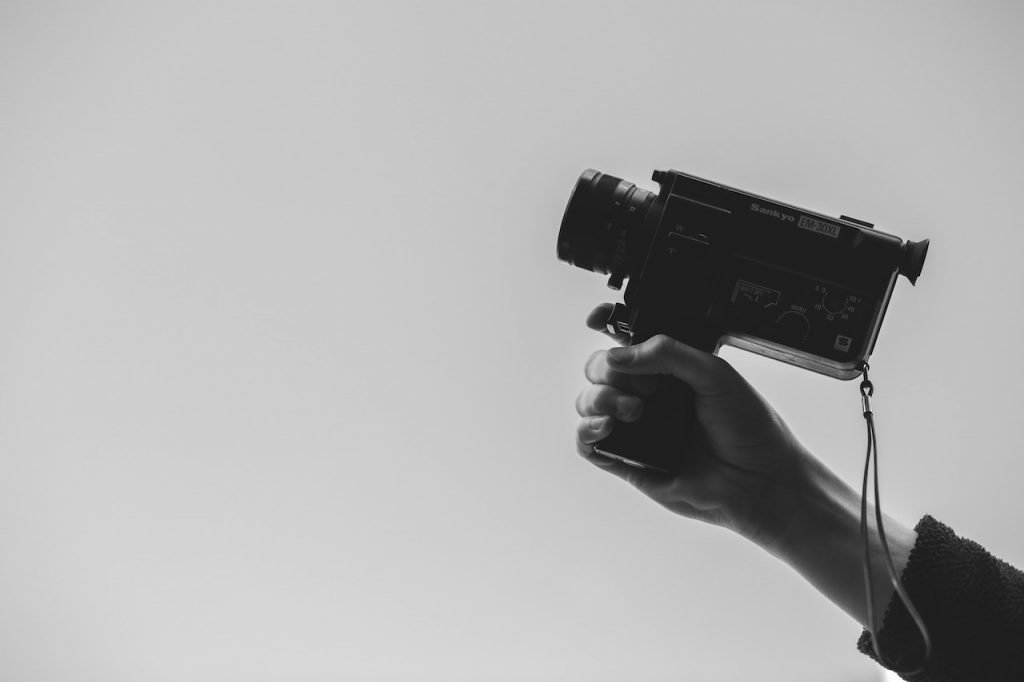The journalist’s occupation is societal; it is a part of the construction of society.
A journalist works with and within power relations that are part of all societies. Nevertheless, the societal power of journalism may be difficult to perceive.
The first step in becoming a critical reader of media is understanding that no article or news piece is produced in a vacuum but in a network of societal and power structures and region-specific news values.
It is easy to notice that a columnist aims to convince the readership of their cause. What is harder to notice is that all forms of journalism are susceptible to bias. Even behind a news article or statistics whose form seems at first neutral and independent, there is always a person, or an editorial office consisting of people, making choices. If the editorial office is honest and adheres to the ethical code of the profession, the article can be good and impartial.
What is harder to notice is that all forms of journalism are susceptible to bias.
However, not even good intentions can guarantee an end result free of unintentional mistakes. The second step to the critical reading of journalism is to understand that the simple fact that an article has been published does not make it true.
Questions to help with critical reading of journalism:
- Who has made the article/news story? Why has it been made?
- How has the article been made? What is its angle?
- Does the article include the writer’s opinions? Are they clearly separated from the facts?
- In what other ways could the same topic have been covered?
- At whom is the article targeted? What kind of reader does it seem to speak to?
- Whom does it represent? Who acts in the article? Who is presented as the object?
- Who gets to be presented as an expert? How is the expertise justified?
- What kind of facts are included in the article and what is left out?
- What kind of conclusions does the article encourage the reader to make?
Keep Reading:
The choice of topics affects our thinking; Lies, damn lies and statistics; The article format molds the world
Go back to the beginning of this section.
This article was updated on January 9th 2020.




